Photographs: Reuters Business Standard
As the Reserve Bank of India meets to determine what it will do in the first-quarter review of monetary policy, due on July 31, it should keep a few things in mind.
First, that India's growth has collapsed due to sinking investment is beyond doubt.
Much of the reason is weak business sentiment, and while the primary responsibility for changing the mood belongs to the Union government in New Delhi; the management of expectations is also the province of the monetary authority.
. . .
Slowing output: What the RBI should do
Photographs: Reuters
However, the RBI might legitimately point to banks' unwillingness to lend and their slowness in cutting their average lending rates, as a problem with the policy transmission mechanism that constrains its actions -- thus making the growth-enhancing nature of cuts less effective.
Meanwhile, urban consumer price inflation continues to be in double-digits, distant indeed from the RBI's comfort zone.
On the face of it, this appears to be an open-and-shut case: no chance of an interest rate cut.
. . .
Slowing output: What the RBI should do
Some other facts, however, should give the RBI pause.
Most obvious is that the increase in the consumer price index is being driven by galloping food inflation, which has turned upwards recently after drought-related fears escalated.
Given that the RBI controls monetary policy and not the monsoon, it might be difficult for it to bring food inflation down.
Indeed, where food inflation is concerned, there's an additional twist. RBI Governor Duvvuri Subbarao has in the recent past spoken out about inflation as a 'regressive tax' that 'hits the poor the most', and implied that his task is to listen to their 'silent voice."
. . .
Slowing output: What the RBI should do
Image: A labourer unloads sacks of onions from a supply truck at a vegetable wholesale market in Chennai.Photographs: Babu Babu/Reuters
Inflation unquestionably has problematic effects in terms of redistribution -- from lenders to borrowers, most notably.
But the Indian case with food inflation is not so straightforward.
Recent research from the International Monetary Fund showed that a rise in the price of food items strongly reduced inequality in rural areas, while not clearly raising it in urban areas.
Perhaps this IMF research helps explain an interesting conundrum: while India's inflation rate over the past five years has been, on the average, the highest among the world's major economies, there has been relatively little unrest.
. . .
Slowing output: What the RBI should do
Image: A vendor carries a basket containing onions and potatoes to prepare Chilli Bhaji, a local cuisine, at his stall decorated with green chillies to attract customers, in Chennai.Photographs: Babu Babu/Reuters
It is true that part of the reason is that many payments are now adjusted for inflation: government benefits such as minimum support prices and rural employment guarantee handouts are regularly revised, and government wages are all but indexed to inflation.
But it may also be because wage and income growth has been more than strong enough for many vulnerable groups to offset the effect of rising prices.
State-wise data from the Labour Bureau show that several states have experienced sustained double-digit growth in rural wages over the past five years.
The question worth asking is: will this tolerance for inflation survive a collapse in growth?
. . .
Slowing output: What the RBI should do
Image: Vendors hold bags of cotton candy for sale as they look for customers in New Delhi.Photographs: Ahmad Masood/Reuters
And, if not, what can monetary policy do to help? There is also the point that 'core' inflation -- in non-food, non-fuel, items -- has sunk sharply to around 5 per cent, very close indeed to the RBI's comfort zone.
Given that food and fuel prices are uncontrollable by monetary policy, is this not an indication that tight money has done as much as it could?
Earlier, core inflation was cited by the governor as a central concern; it is now downplayed.
Perhaps the RBI needs to revisit some of its assumptions and adopt a stance that prevents further deterioration in growth.
Concerns over growth are becoming serious and the RBI should be seen to be addressing them as well.

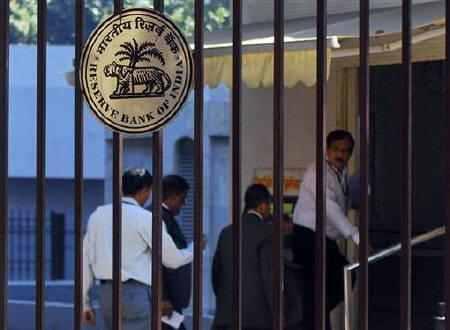
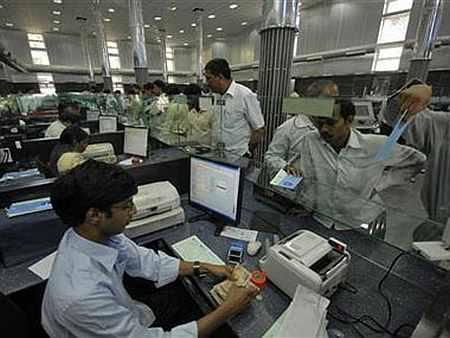
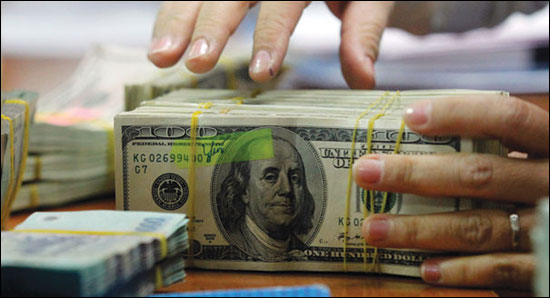
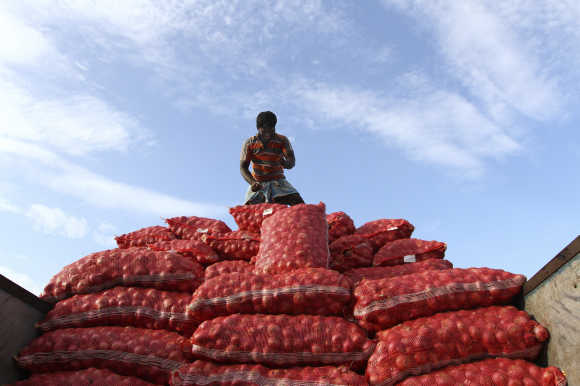

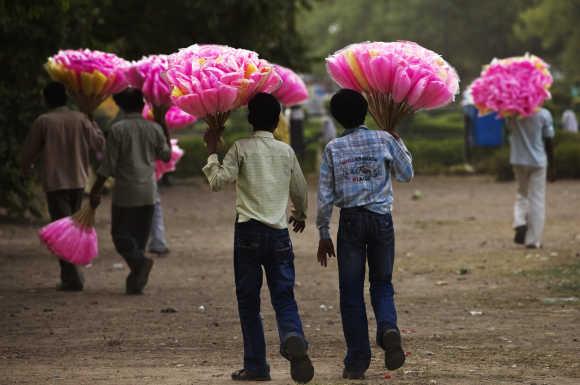

article